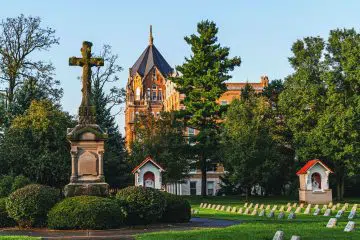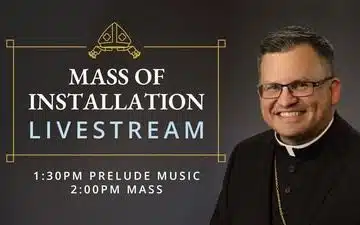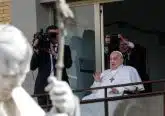Signs of hope and renewal amid the dramatic decline of the Catholic Church in Ireland
Loughmourne, Ireland, Mar 17, 2023 / 08:32 am
Father Owen Gorman remembers when Masses in Ireland were so crowded on Sundays that people had to sit on the steps outside the church.
“I grew up in a time in the 1970s and ’80s when churches were full for Sunday Mass. If you didn’t come early, you didn’t get a seat,” he told CNA. “That has changed now.”
In 2021, a survey by the Association of Catholic Priests found that only about 30% of Catholics in Ireland attend Mass weekly — a significant drop from 91% in 1975.
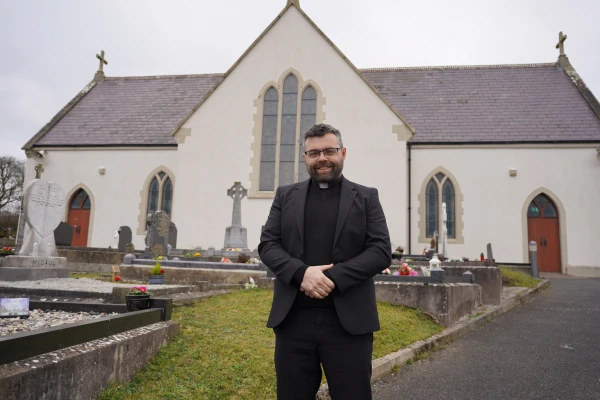
With decreasing vocations, priests in Ireland are also spread thin, with 2,116 priests serving at 2,650 churches or Mass centers. And more than a third of Irish priests are over the age of 60.
Gorman, 49, serves parishes in Aughnamullen East, Muckno, Latton, and Tullycorbet across the Diocese of Clogher in County Monaghan.
“We just have one seminarian for our diocese, and we haven’t had an ordination for six years now,” he said.
“In 20 years’ time, we will probably have about seven priests in the whole of our diocese, on current trends.”
The scandal of clerical abuse, the social upheaval of the 1960s, materialism, and “bad clericalism” all contributed to the dramatic decline of the Catholic Church in Ireland in the past 50 years.
“The Church had a tremendous amount of power within Ireland that created huge resentments,” Gorman said.
The abuse crisis concentrated minds and there reached a point in which all the pent-up grievances boiled over and “there was just rage against the Church.”
“There was definitely an overreach within Catholicism. We were involved in everything. We were involved in all aspects of life. … I think we took our eye off evangelization,” he reflected.
“We kind of catechized the young people in school, and then we said, ‘OK, that’s it for life.’ So, we never invested in them after that. We never spent our time in an evangelistic capacity, with the result that the faith suffered.”
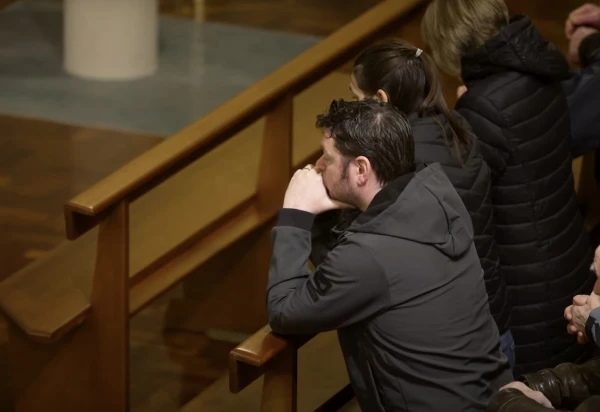
In response to this crisis of faith, today in Ireland some movements and religious orders are pouring their energy into evangelization and faith formation.
Bishop Alphonsus Cullinan of Waterford said that he sees this as a sign of hope for Ireland.
“I see tremendous hope actually. I see little pockets of light all over the country,” Cullinan said. “I see the Church as existing in small but wonderfully vibrant, loving pockets all around the place, like little candles, right around the country. And someday they’re going to light a big fire.”
Youth 2000
“There are a few youth movements within Ireland that have definitely created waves. Youth 2000 is one of them,” Gorman said.
Youth 2000 has as its goal to “raise up a new generation of saints” through peer-to-peer ministry for young people ages 16-35.
The international initiative, which came to Ireland in 1993, seeks to “draw young people to a deep and lasting union with Jesus Christ by placing the Eucharist, ‘the source and summit of the Christian life,’ at the center of its mission.”
Twenty-year-old Maria Mann said that Youth 2000 has helped her to find that “it’s so fulfilling when you have God in your life … it fills your heart and your soul.”
“I think our shepherds, our priests, are not preaching the truth. You know, they think that they are giving people what they want by a watered-down Mass or a shorter homily, but young people are craving the truth,” said Eva Newell, who is also active in Youth 2000 in Dublin.
“A lot of what we are finding is that they are craving tradition. They are craving what the Church is.”
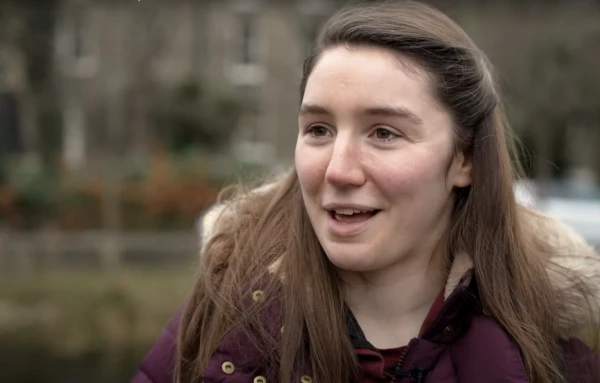
Holy Family Mission
Holy Family Mission in County Waterford, Ireland, is also working to form young people in the faith by giving them the chance to live together in an intentional Catholic community, with daily Mass, eucharistic adoration, and missionary formation.
Started by three youth ministers, the nine-month “gap year” for people aged 18-30 brings together both Irish and international participants to study the faith while living on the grounds of the 200-year-old Glencomeragh estate, where they also help to organize retreats to share the faith with others.
Michael Tierney, a 27-year-old Ph.D. student from County Offaly, is currently participating in the “gap year for God.”
“For a lot of young people who are in the faith, it’s very countercultural. It’s not like it was a few generations ago, so you really need to know your faith,” he said.
“Holy Family Mission is really needed now to produce a generation of young people to lead the renewal of the Church and who are really grounded in what the Church believes.”
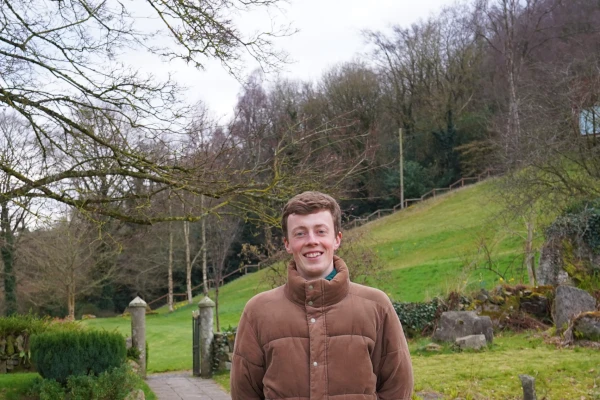
Irish Dominicans
In a country where at least 10 dioceses do not have a single seminarian studying for the priesthood, many Irish Catholics point to the number of vocations in the Dominican Order as a sign of hope for Ireland.
Father Colm Mannion, the Irish Dominicans’ vocations director, told CNA that at the moment there are 16 men in formation to become Dominicans in Ireland, some of whom left behind careers in law, health care, and other professions (including a professional soccer player who played for Manchester United) to join the order.
Part of the reason why young people are attracted to the Dominican Order is because of its charism of “studying the faith, dedicating our lives to learning truth … with a view to be able to go off and share with other people,” Mannion said.
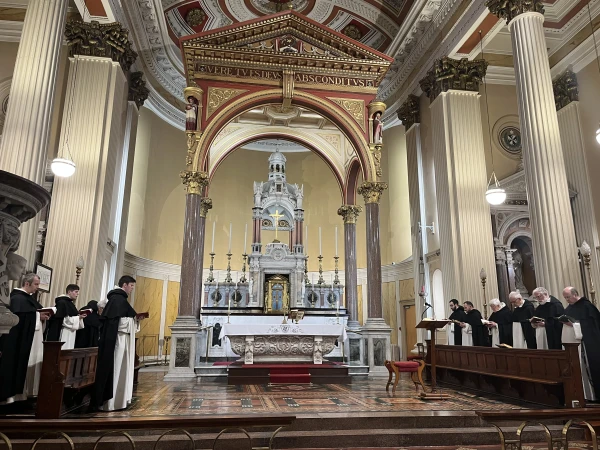
“I think in Ireland, at the moment, there’s a real hunger for people to learn more about their faith,” he said. “And I think that is something we see a lot coming through in the younger generations.”
Many people in Ireland “have not really abandoned the faith, they’ve just kind of drifted,” Mannion noted.
“And very often the reason they have drifted from the faith is because they never really understood it to begin with,” he said.
“So I think for a lot of younger people now when they begin to see the richness of our faith and the great tradition that we have — and the great learning and the wisdom and the philosophy and the beauty of our faith — when people connect with that, they really want to be able to communicate that to other people.”
The Dominicans first arrived in Ireland in the year 1224, just three years after St. Dominic died.
“When you look at the history of the Dominican Order, as you look to the history of the Church in Ireland, there’s a lot of ups and downs over the centuries and persecutions. And we’ve experienced good times and bad times, but we’re still here 800 years later,” he said.
A great legacy of saints
Father Patrick Joseph Hughes, a country priest serving a farming community in County Cavan, offered the reminder of the great patrimony offered by Ireland’s saints and martyrs, including many brave priests, bishops, and laypeople who were killed for their faith under England’s Queen Elizabeth and the penal laws.
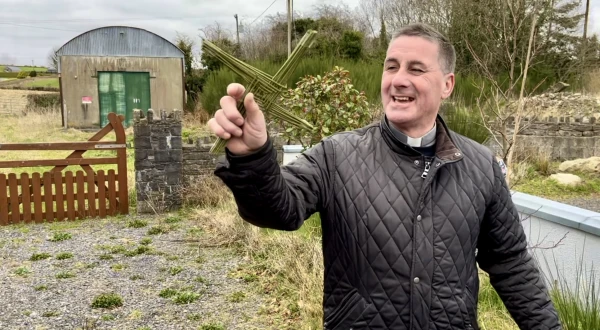
Tierney looks to the Bible and finds hope in how “in stories from the Bible we see how God uses just a remnant, like a small number of people, to actually spearhead this renewal of faith or to convert a whole town or village.”
“You do have to have courage because, you know, God is going to call you to unexpected places. And you have to have, I’d say, the courage of openness, too, and to be willing to go where he’ll lead you,” he said.
For Bishop Cullinan, the way forward for the Catholic Church in Ireland will “always come down to personal holiness.”
“As Pope John Paul II used to say, there is a hole in the human heart which only God can fill,” he said. “And that is what I continually work from, knowing that no matter what happens, Christ is the answer.”




